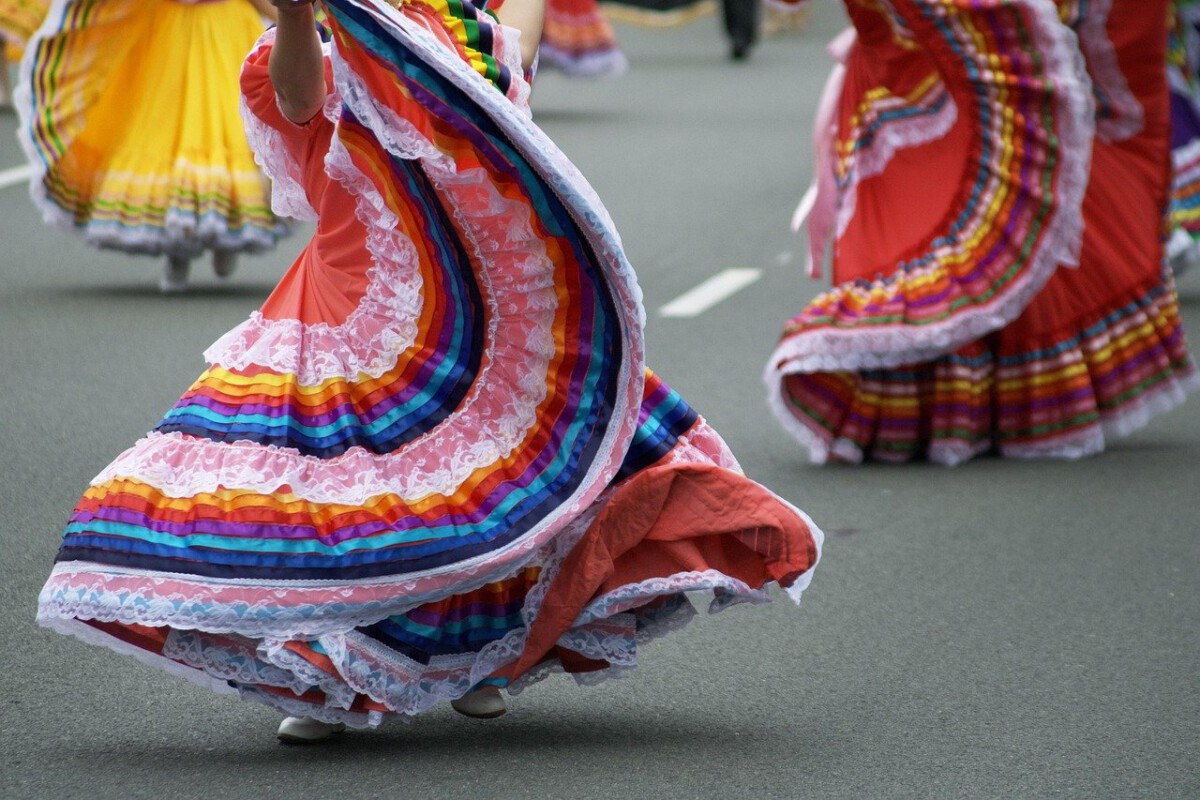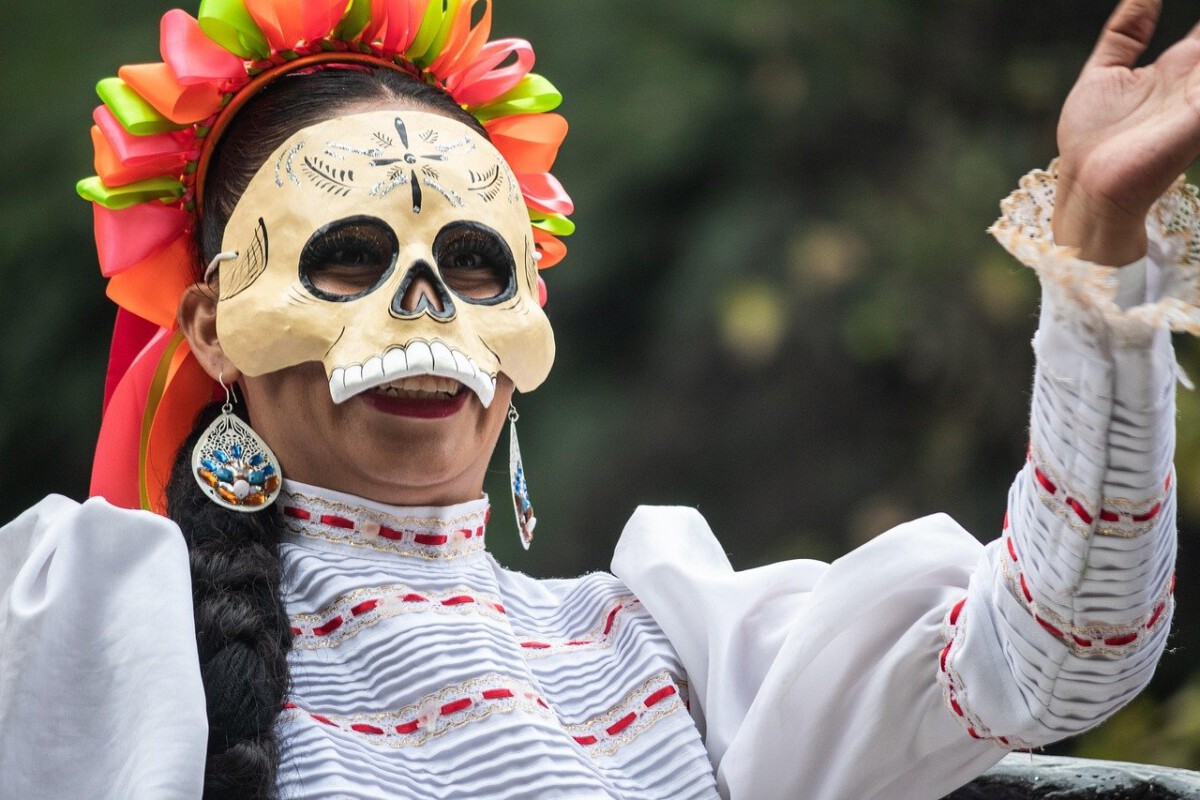When Dreams Got Their Name
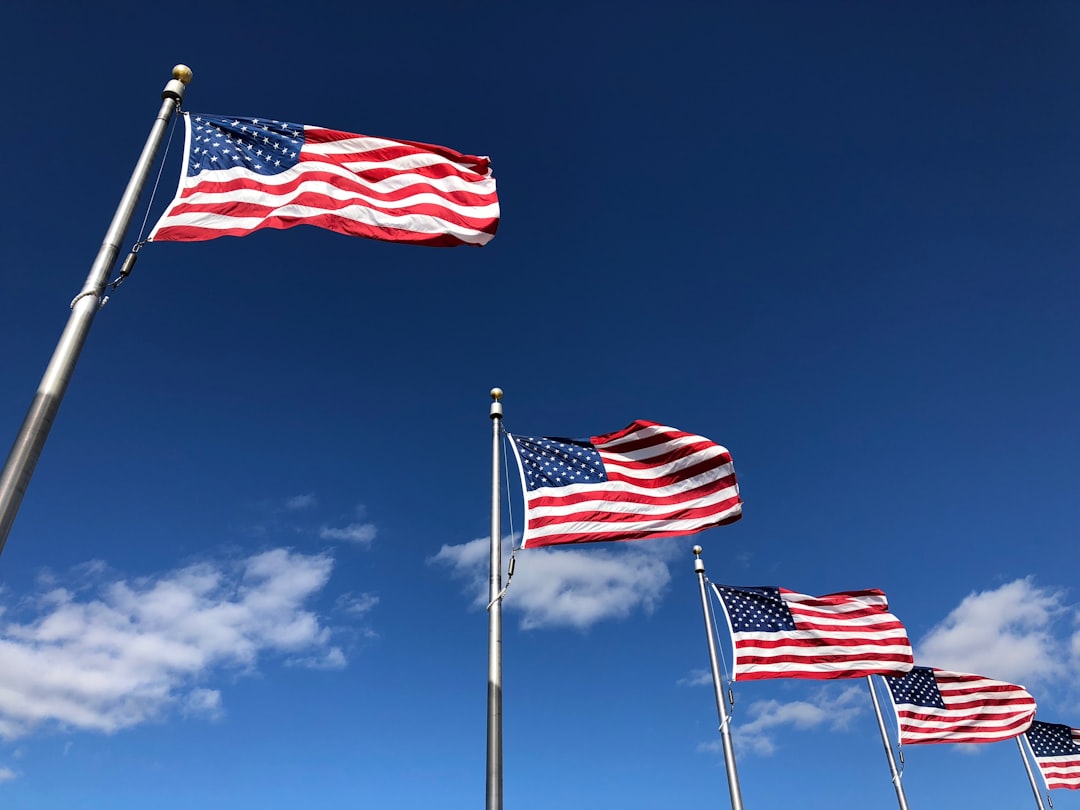
The phrase “American Dream” wasn’t born in some founding father’s speech or carved into colonial stone. In 1931, historian James Truslow Adams coined the term during the Great Depression, crafting it not as a celebration but as a desperate diagnosis. Adams concluded that America had lost its way by prizing material success above all other values, treating money as a value instead of merely as a means to produce or measure value. Picture this: a historian watching bread lines stretch around city blocks, wondering where his country’s soul had gone. For Adams, the American dream wasn’t about material success—it was “the American dream of a better, richer, and happier life for all our citizens of every rank”. The first voices to speak of the “American dream” used it not as a promise or guarantee, but as an exhortation, urging all Americans to do better, to be fairer, to combat bigotry and inequality.
From Frontier Fantasy to National Mythology
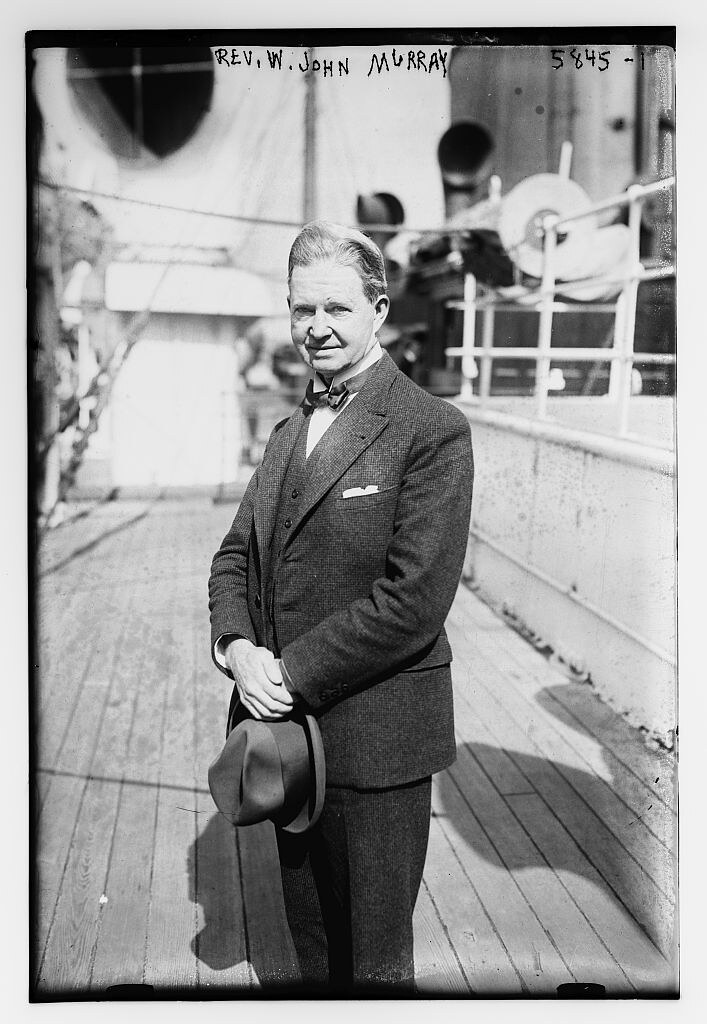
The Dream originated in colonial mystique regarding frontier life, as Governor John Murray noted in 1774 that Americans “for ever imagine the Lands further off are still better than those upon which they are already settled”. Think of it like chasing the horizon—no matter how far you walk, it keeps moving. He added that “if they attained Paradise, they would move on if they heard of a better place farther west”. This restless hunger for something better, something just beyond reach, became the DNA of American ambition. The Declaration of Independence has functioned as the banner of the American Dream, one repeatedly waved by figures that included women’s rights activists, populists, homosexuals, and anyone who has ever believed that happiness can not only be pursued, but attained.
The Great Depression Reality Check
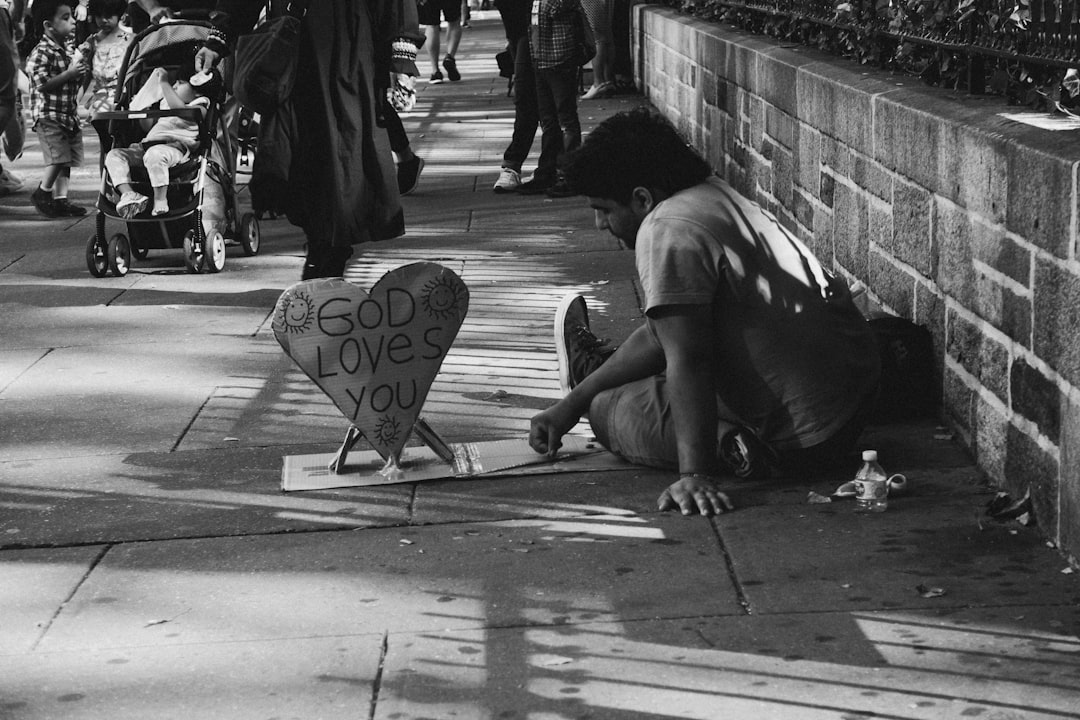
James Truslow Adams wrote The Epic of America trying to diagnose what had gone wrong with America in the depths of the Great Depression, saying that America had gone wrong in becoming too concerned with material well-being and forgetting the higher dreams and higher aspirations the country had been founded on. The irony cuts deep—the American Dream was born as a criticism of American materialism, not a celebration of it. For many dreamers, the Great Depression signaled the end of the American Dream. The arrival of the Great Depression magnified the increasing gap between wealthy and poor Americans, with criticism toward the government’s failure to look after the poor as dreams of prosperity were overpowered by the need to simply survive. Agee’s rich descriptions and Evans’s stark photographs highlight the harsh life faced by millions during the 1930s, when dreams of prosperity were replaced with nothing more than simple hope for survival.
Post-War Prosperity and the Suburban Dream
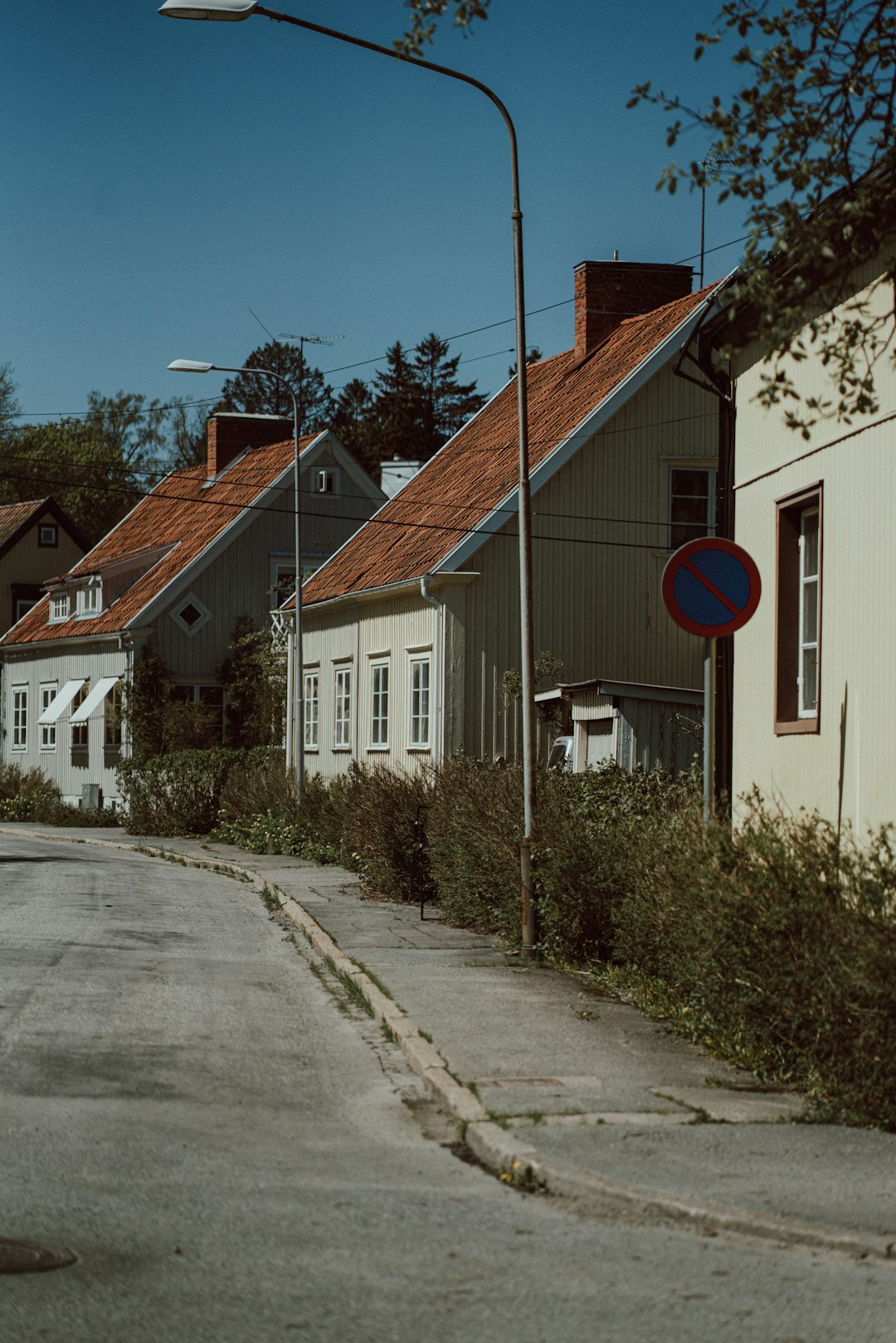
The years following World War II witnessed a surge in homeownership as returning veterans took advantage of government programs such as the GI Bill and Federal Housing Administration loans. Suddenly, the white picket fence wasn’t just a metaphor—it was an actual fence around an actual house that regular people could buy. Until the founding of the Federal Housing Administration in 1934, only one in 10 Americans owned a home. The government essentially rewrote the rules of the game, making homeownership accessible to millions who had been locked out. The phrase was redefined in the 1950s as a strategy for soft power, commercializing the “American Dream” abroad with a very specifically consumerist version that focused on free market principles rather than the earlier version focused on liberal democracy.
The 1980s Shift to Money and Status
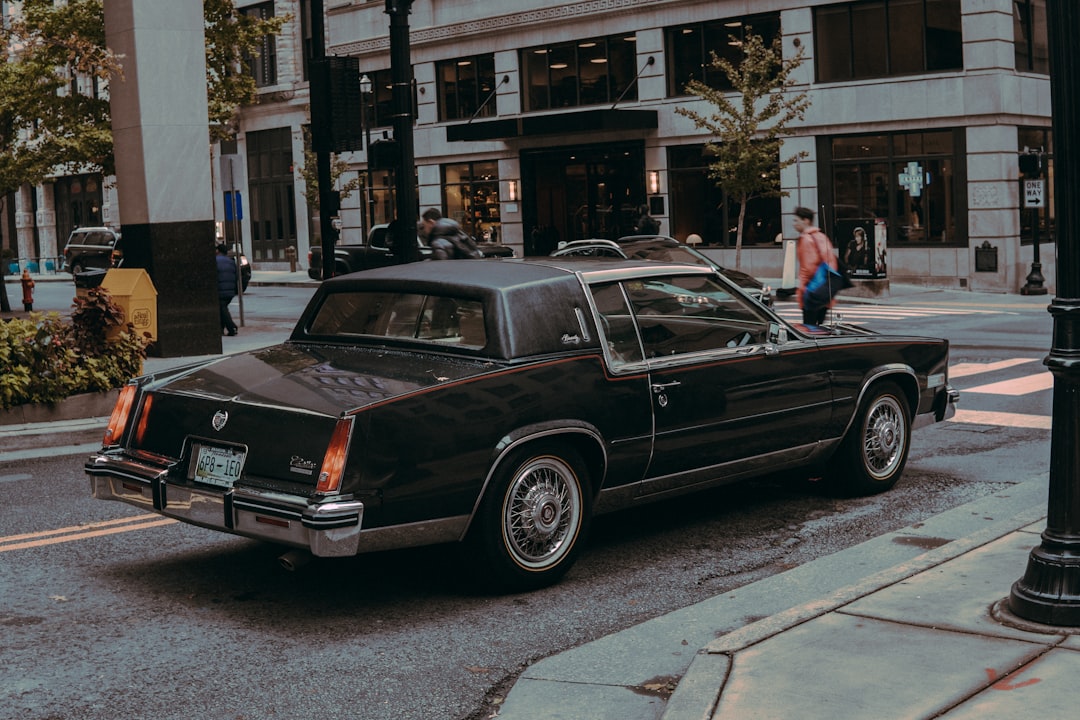
During the 1980s, the dream of success shifted away from having a family, home, and job and toward money, fame and power. This wasn’t subtle—it was like someone flipped a switch and suddenly Gordon Gekko’s “greed is good” became the unofficial national motto. Today most Americans would clearly say that becoming a multimillionaire defines the American dream, but the fact is that the expression emerged to criticize, not endorse, the amassing of great personal wealth. The transformation was complete: what started as a critique of materialism had morphed into pure materialism. As income inequality has increased substantially since the 1970s, the American dream has begun to seem less attainable for those who aren’t already affluent or born into affluence, with real family income growing much more among the top income group than among other segments of American society.
The Modern Housing Crisis Challenge

The American Dream now costs $4.4 million—that’s the estimated lifetime household cost of common milestones, including getting married, raising two children, buying a home, having new cars, saving for retirement, going on yearly vacations, and more. To put that in perspective, that’s like buying a small apartment building just to live one life. In the third quarter of 2023, the first-time homebuyer affordability index fell to its lowest level since 1983, standing at 61.9. More than 1 in 3 renters (35%) say homeownership is not part of the American dream in 2023. 85% of renters want to own a home, but most (72%) say they’ll never have enough money to buy one. It’s like window shopping for something that’s perpetually out of stock.
The Generational Pessimism Explosion
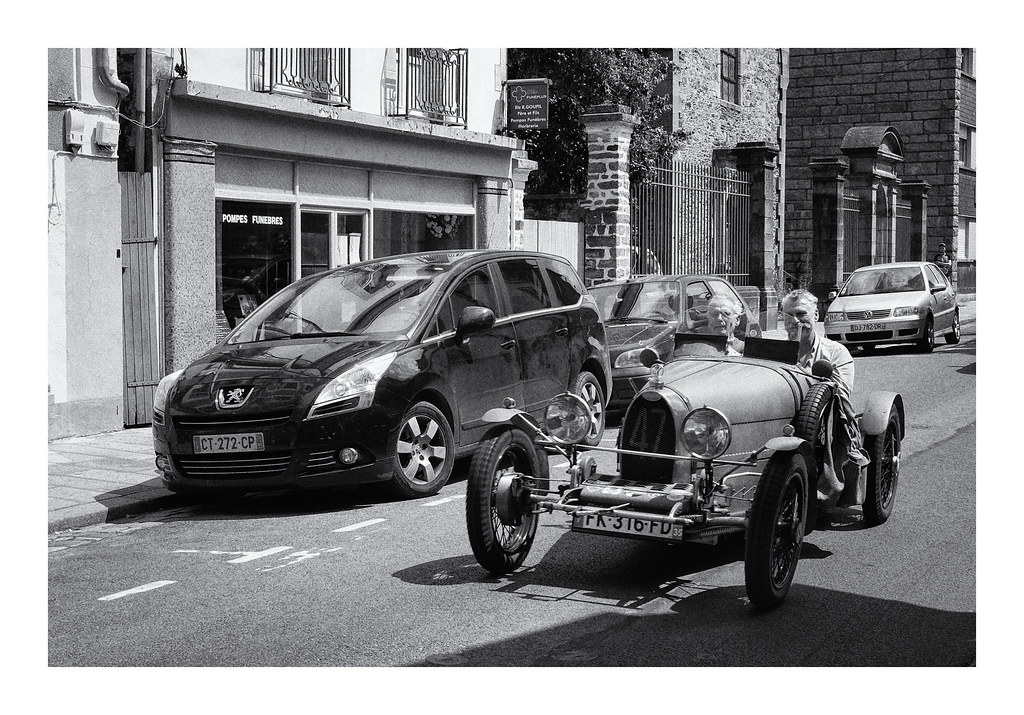
In just seven years, those in Gen Z are now three times more likely to report that the American Dream is out of reach, jumping from 11% in 2017 to 36% in 2024. That’s not a gradual decline—that’s a cliff dive. The number of Millennials who report that the American Dream is out of reach nearly quadrupled, from 9% in 2017 to 35% in 2024. About 38% of Gen Z says homeownership isn’t part of the American dream, and 32% of Gen Z says there simply is no such thing as the American dream. A January 2025 survey from UCLA found that 86% of young Americans “want to achieve the American dream in some capacity but indicate finances are a significant barrier,” with 71% saying this difficulty makes it harder to find happiness.
The Wealth Concentration Reality
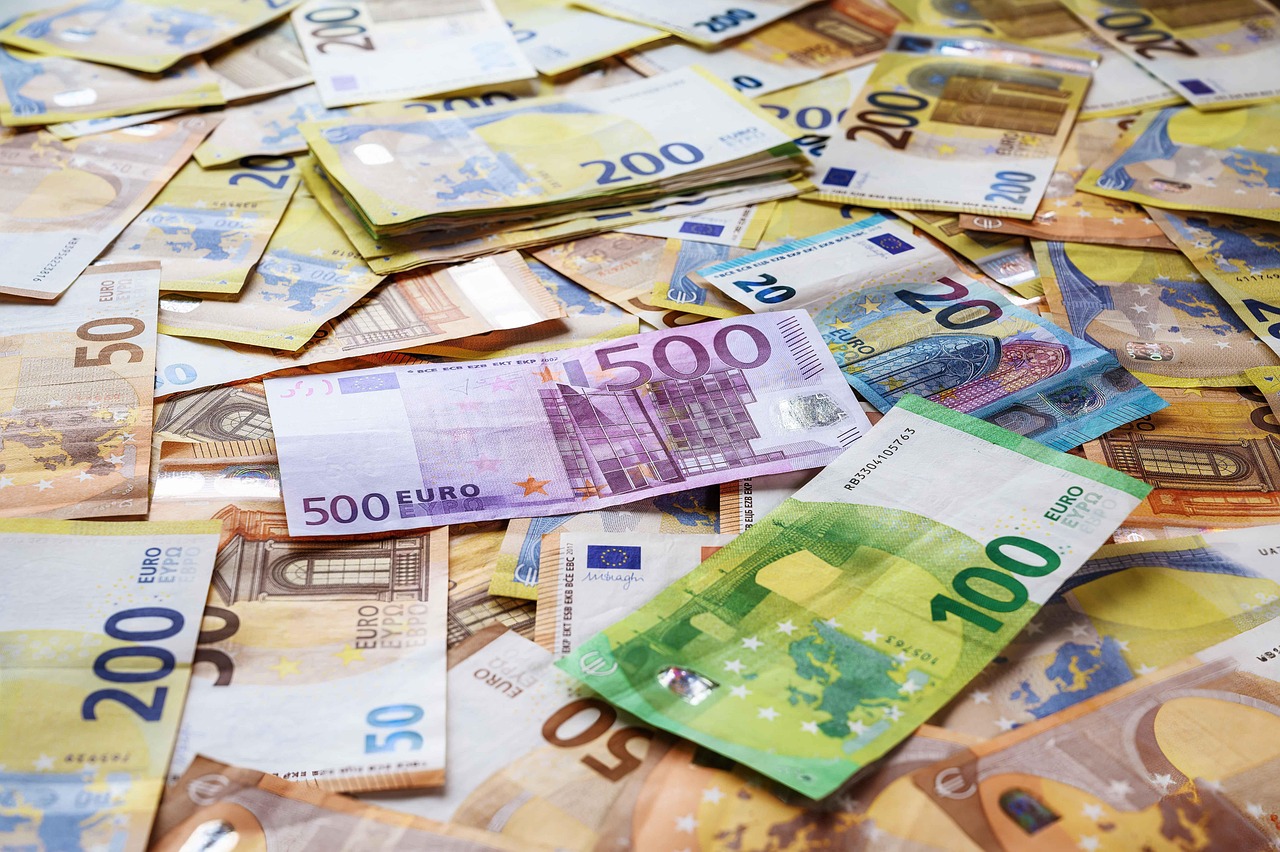
According to a report from Moody’s Analytics in February, the richest 10 percent of Americans (households with an annual income of at least $250,000) drove half of all US consumer spending (about $10 trillion) between September 2023 and September 2024. Think about that: 12.7 million households out-spending the other 300 million Americans combined. The fact that 12.7 million households could collectively outspend much of the rest of the nation is truly jaw-dropping, pointing to the end of an economy that has depended primarily on the needs-based and discretionary spending of ordinary working Americans since the end of World War II. A 2023 paper found that “Intergenerational poverty in the U.S. is four times stronger than in Denmark and Germany, and twice as strong as in Australia and the UK,” with an American child who grows up in poverty having “a 43 percentage point higher mean poverty exposure during early adulthood”.
The Persistent Belief Despite the Barriers
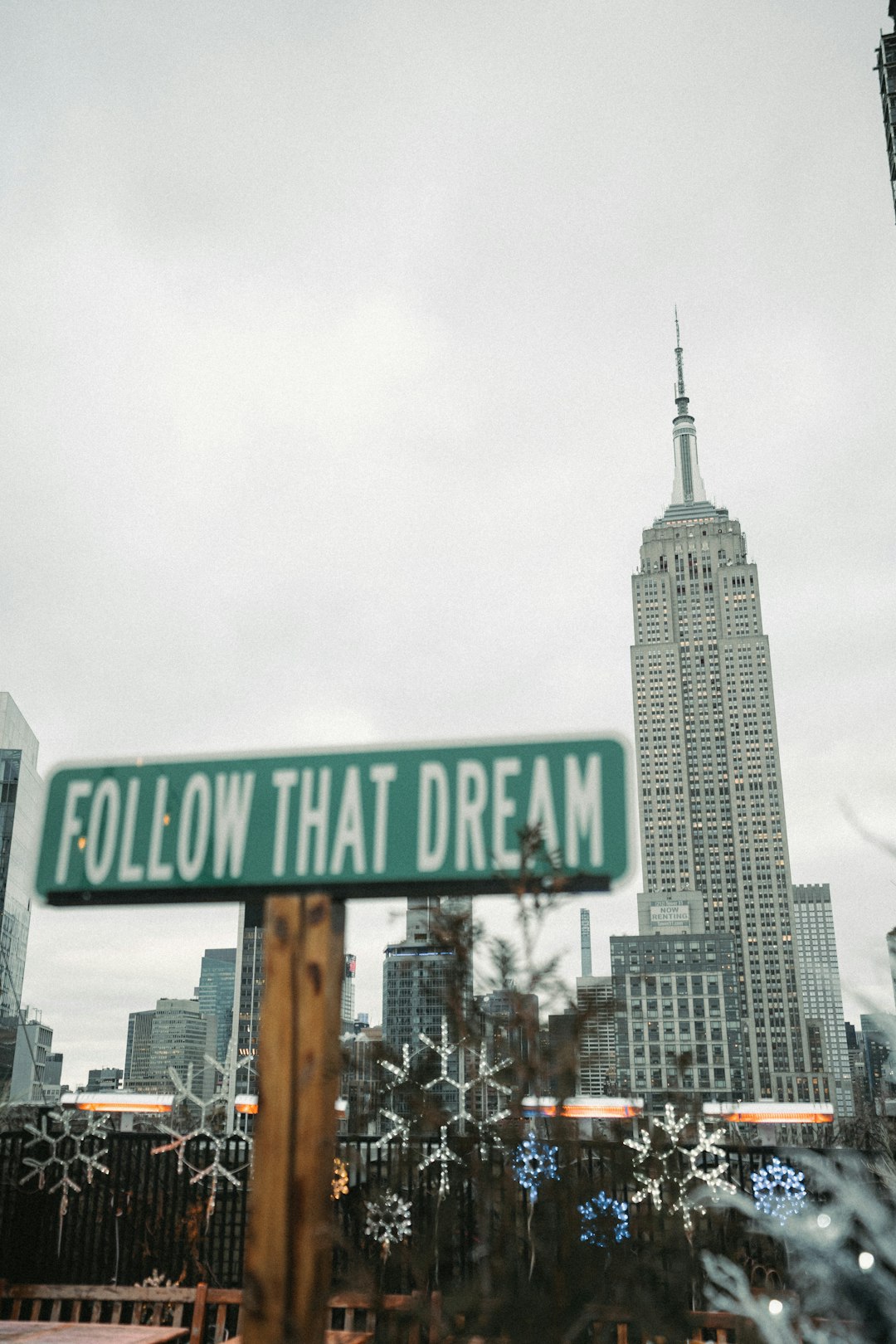
A narrow 53% majority believes the American Dream is still possible, Pew found in an April 2024 poll, while another 41% said it was once possible to attain but no longer. It’s like half the country is holding onto hope while the other half is already planning the funeral. Despite rising home prices and financial strain, 82% of Americans still consider owning a home part of the American Dream, according to Bankrate’s 2025 Home Affordability Survey. That figure is up from 78% in 2024 and surpasses aspirations like retirement (71%) or a successful career (66%). Even though we can celebrate that the majority of Americans still see the American Dream as alive, pessimism around the American Dream has grown, with the percentage of people who view it as out of reach increasing from 18% in 2022 to 24% in 2023, and now 32%.
The New Definition of Success
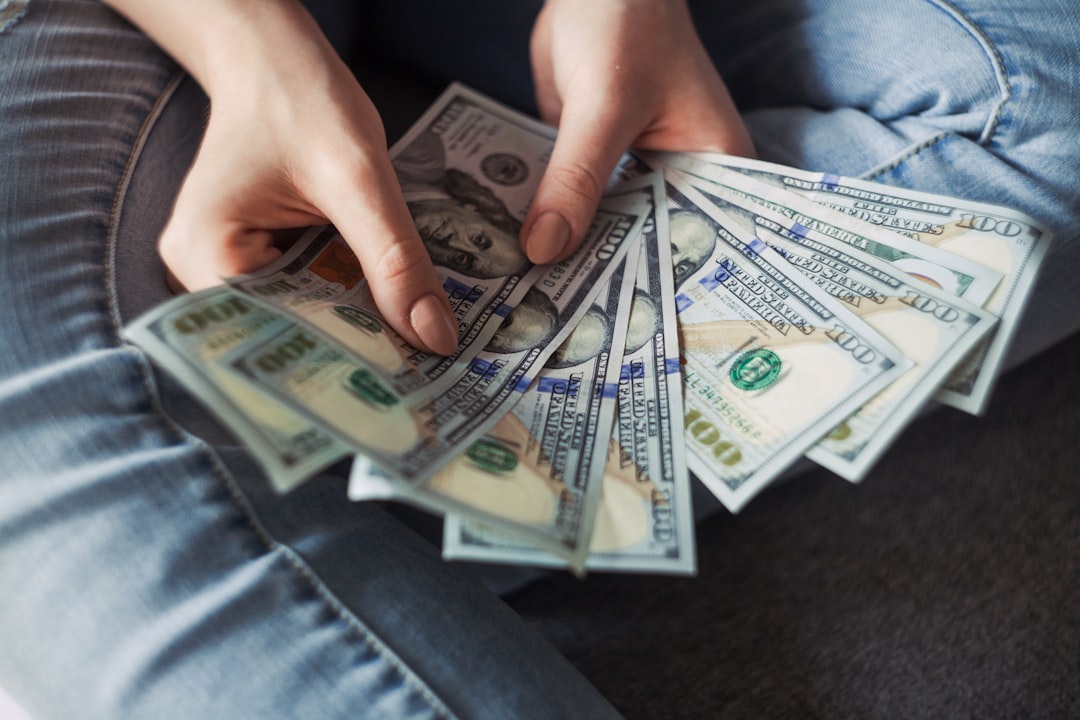
According to a 2023 private opinion survey by Boston-based organization Populace, the American Dream has shifted its narrative from fame and wealth to personal factors such as secure retirement, financial independence, parenthood and finding fulfillment in their work. It’s as if Americans have quietly given up on the mansion and settled for peace of mind instead. The data shows an increasing emphasis on financial stability and a decreasing emphasis on conventional values of homeownership and building a family. Renters are more likely to rank being debt-free (71%) and having a comfortable retirement (66%) as very important milestones. When asked to choose from three definitions of equality, most Americans (63%) favor an “equality of opportunity” model, regardless of age, education, race, income level, and even political ideology.
The Demographic Divide in Dream Belief
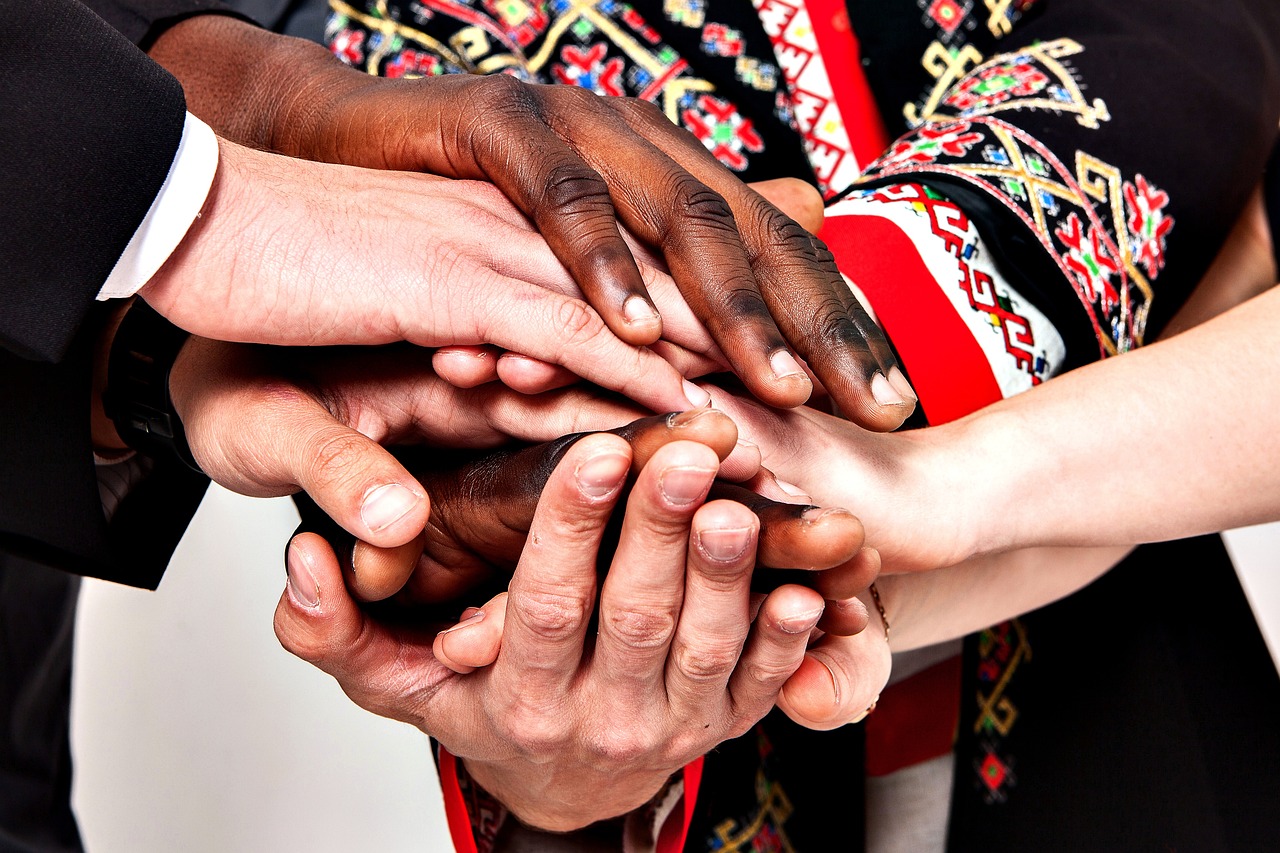
Older and wealthier people were about 25 percentage points more likely than younger and lower-income Americans to say the American dream is possible, while people with a college degree were 7 points more bullish than those with less education. It’s the ultimate case of “easy for you to say”—those who’ve already climbed the ladder are more optimistic about its stability. The most pessimistic groups are people without a high school diploma, low income earners, and political Independents, while Black Americans report more positive attitudes than the overall sample and Democrats are the most optimistic about their opportunities. In 2023, Hispanic Americans (68%) are more likely than white Americans (62%) or Black Americans (44%) to say the American Dream exists, with close to one-third (31%) of Black Americans saying the American Dream does not exist.
The Future of the American Dream

A majority of Americans (55%) think their children will have the same or more opportunities than they did, however, the percentage who believe their children will have fewer opportunities increased from 18% in 2023 to 21% this year. It’s like watching parents trying to convince themselves their kids will be fine while secretly worrying about the future. Still, 64% of Americans say they’d be willing to make lifestyle changes for affordable housing, with 29% willing to downsize, 24% willing to move out of state, and 19% considering moving farther from family and friends. While the dream may still technically be reachable for some, a large portion of Americans, particularly young people, simply no longer feel that way. The American Dream hasn’t died—it’s just gotten a lot more expensive and a lot more complicated.
What do you think—will the next generation redefine the Dream entirely, or find a way back to the original vision Adams wrote about in 1931?


